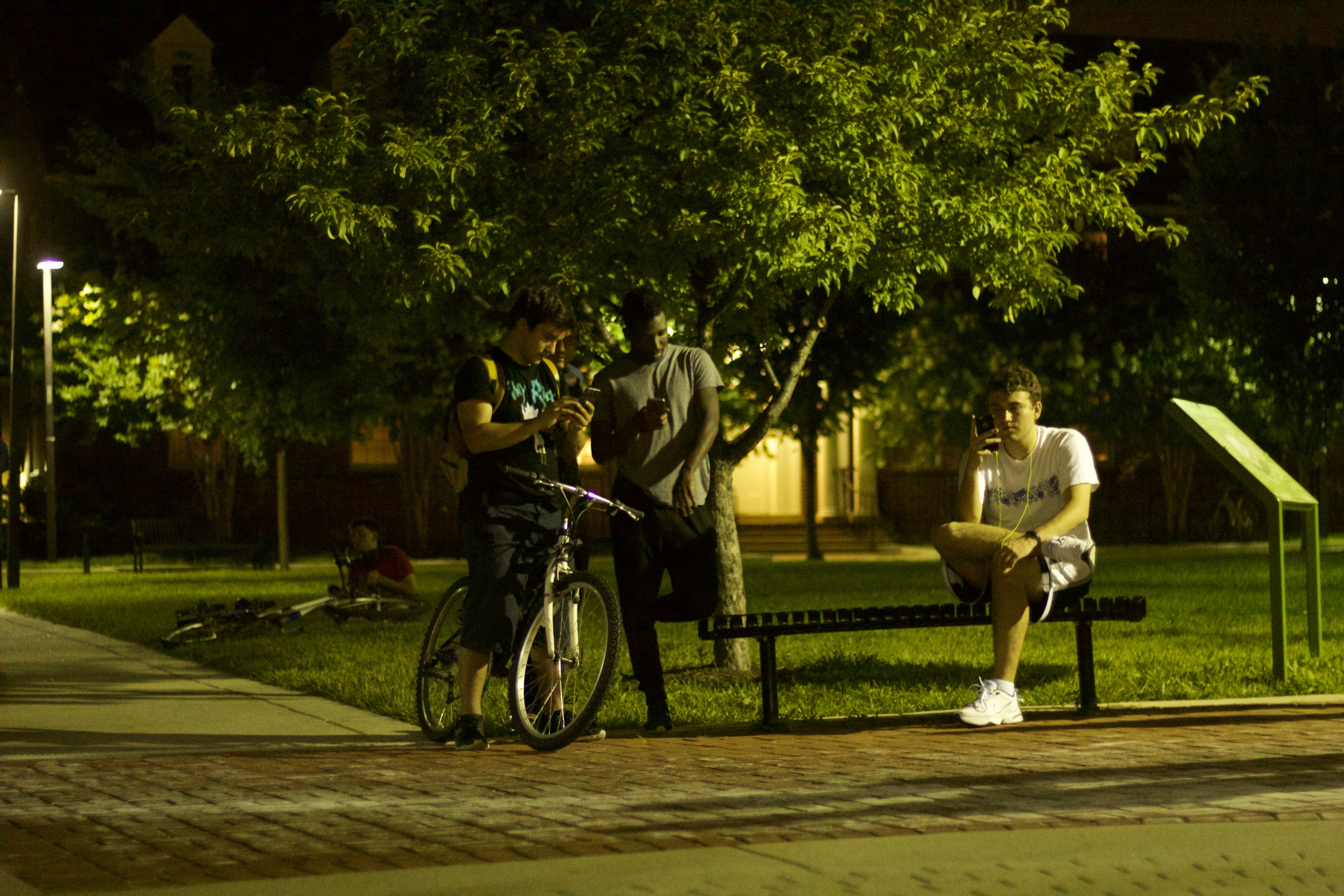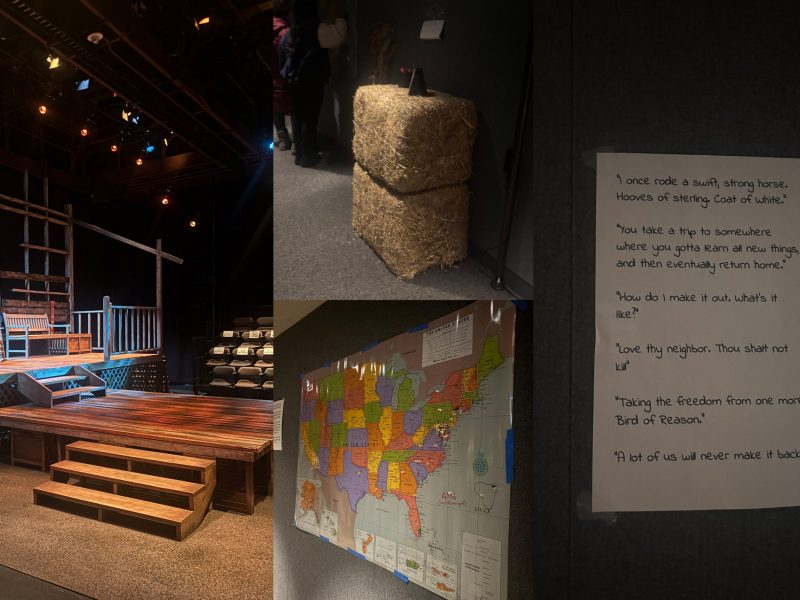At this point, if your grandma has a television or a Facebook, she knows about Pokemon Go. It transcends college students, smartphone users and original fans. The virtual reality-like game is a phenomenon.
In Hornbake Plaza, students scurry between summer classes, eyes glued to the phones in their outstretched arms. Then one will stop, bring the phone closer and furiously swipe. The app uses GPS to allow users to follow a map where they can see Pokemon characters’ locations. When they find one they’d like to collect, the phone’s camera puts the creature in their world. It’s impossible to know, of course, what number of passersby have stumbled upon a Zubat or simply stopped to change the song streaming into their ear buds. But compared to last week, the answer certainly favors the former.
In the Cambridge Community, high school student and member of the Young Scholars Program, Noor Mobarek, is certain she’s in good company.
“There’s definitely other people playing it, there’s so many Pokestops here,” she said excitedly.
She points at a boy outside of Cumberland Hall. “There’s someone here that’s playing Pokemon because I didn’t put this lure module there.”
She’s referring to one of the game’s features that attracts Pokemon (and thus players) to a certain area. Lure modules got a bit scary when robbers in Missouri used them to draw in players who were vulnerably distracted by their phones. A similar instance even happened on this campus. A Forbes.com article puts another spin on the module’s usage, titled “How ‘Pokemon GO’ Can Lure More Customers To Your Local Business.”
On campus, however, Mobarek didn’t seem concerned with much beyond the prospect of catching more Pokemon.
“I’m going to go sit over there to profit off of someone else’s lure module,” she said as she hurried off.
Campus seems to be prime Pokemon hunting ground with the location of gyms (where you can train your catches) ranging from the Chapel, to the public health school and along Route 1.
“You’d be surprised how many Pokestops there are on campus,” senior kinesiology major Dan Kim said. “It’s the only thing that gets me through summer classes.”
For the game that came out in the late ’90s, college students are in a sweet spot. Nostalgia is one of the primary reasons for the Pokemon Go explosion, especially after a few years where the franchise’s popularity dipped.
“I got into Pokemon Go because I grew up watching Pokemon, collecting Pokemon cards and playing Pokemon video games,” Kim said. “The app really makes me feel like a little kid again and it’s awesome.”
Kim often plays on the Washington Quad, where he is a resident assistant. His most common catches include Pidgeot and Weedle.
“Every dorm is a Pokestop and it’s so convenient,” he said.
While he sometimes plays with friends, he often wanders by himself, thankful for the chance to get outside. The app warns users to watch their surroundings, but those following the neon green map and viewing the world through their phone camera might find themselves sacrificing safety for fun. Campus, however, is one of the best places to play, with large, traffic-free plazas, lawns and crisscrossing sidewalks populated by only a handful of pedestrians (read: Pokemon players).
Richard Bool has caught about 40 or 50 Pokemon and often plays on his trek from Lot 1 to the Math building. In Stamp, he was huddled over the map with a friend.
“I never thought it was going to happen that we could use our cell phones and interact with other people,” the senior information science major said. “I’m living my childhood dream, becoming a Pokemon master.”



